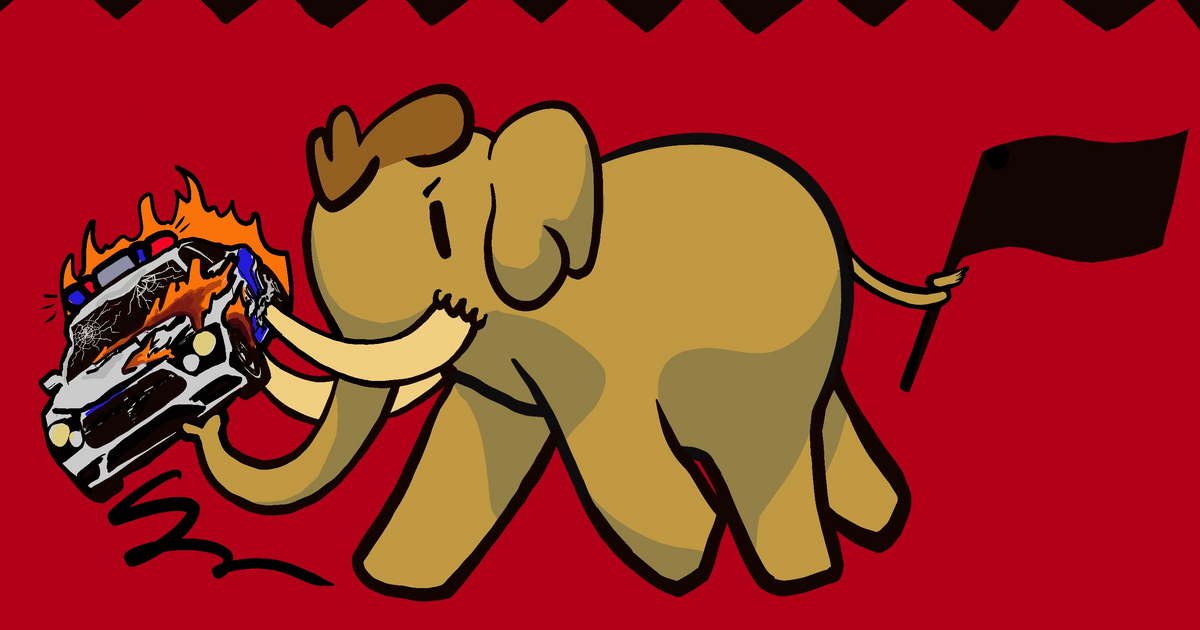Recent searches
Search options
The classic example that Tainter offers is the Roman Empire. Facing a growing population and declining agricultural yields, the Roman Republic (and later Empire) began a process of territorial conquest. It invested enormously in additional complexity—raising armies, equipping and training them, administering conquered territories, etc.
But these conquests increased the resources available to Rome—in terms of human labor, food, metals and minerals, etc. All that complexity paid for itself, for a time. Eventually, though, the costs of additional complexity became higher as distances from the imperial core increased. And the benefits of that additional complexity decreased as the Romans conquered more marginal territories at the extreme periphery of the Mediterranean world.
At first, the returns on those investments grew slower, and then stopped growing at all. Eventually, they began to decline. The Romans had to work harder and harder just to stay in the same place, and then eventually it all stopped working entirely.
This is how, Tainter argued, the Roman Empire collapsed under the onslaught of barbarian invasions that were proportionally smaller than attacks Rome had faced centuries earlier when it was much smaller and much less wealthy.
7/10


